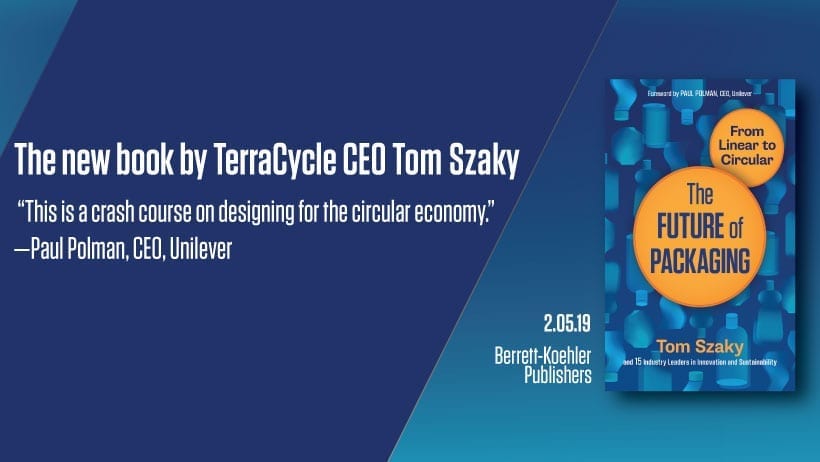Looking forward from World Water Day 2019
Access to clean water is a basic human right, yet millions of people around the world are still walking miles to collect from their nearest water source, sharing unprotected wells with livestock, and paying five to 10 times more for water than their higher-income counterparts. Humans being 65 percent water, we can do so much better.
March 22 is World Water Day, a global initiative started by the United Nations to recognize the importance of water conservation and improving access to freshwater around the globe. World Water Day might be one day out of the year, but taking the time to reflect on the delicacy of our limited natural resources and the impact we have on the ecosystems around us have the chance to make long-lasting impacts that we can carry forward.
One of the most powerful ways you can do you part to conserve water is by reducing your consumption of resources and choosing products committed to enabling activities that have less impact on our water sources.
Go chemical-free
Many household cleaners today are laden with chemicals that contaminate our water sources once they go down the drain and leach toxic substances into the ground if landfilled. These chemicals not only come back to us (and our communities) in our tap water, but directly expose us to toxicity and hormone disruptors with use.
Opt for more natural products that do the job and have low impacts. Baking soda, for example, has been used to clean floors and surfaces and launder clothing for generations. A true all-in-one product to have on hand, combine with white vinegar to clean everything in your home, even the toilets and sinks that flow into local water systems.
Conserve resources by recycling
Waste in all its forms is water intensive, because it takes a significant amount of water and energy to mine and produce new, virgin raw material. The feedstocks for plastics or metal alloys must be first sourced from the earth, which has a finite reserve of resources. To us, waste is simply a misplaced resource, so a simple way to conserve water is to recycle your products and packaging correctly.
Going back to choosing products that enable you to reduce waste and offset negative impacts, Church & Dwight’s trusted ARM & HAMMER™ baking soda brand goes double duty to save water by teaming up with TerraCycle to offer nationwide access to a free recycling program for its plastic pouches. Consumers sign up for the program for free and download a pre-paid shipping label to send their pouches to us for processing.
Use less water in daily activities
Find ways to use less water in the day-to-day activities that require it. Leaving on the faucet while brushing one’s teeth and long showers are big water drains, as is caring for laundry. Today’s high-efficiency washers can use 15 to 30 gallons (56.8 to 113.6 L) of water to wash the same amount of clothes as older washers (29 to 45 gallons per load). That’s a lot of water! So, many brands are concentrating formulas into a detergent, stain remover, and brightener-in-one.
Not only do pods or capsules typically take up less space than the volume of liquid or powdered formulas, they eliminate the need for measuring. This is of particular significance for laundry care, as its overuse wastes product, the water and energy required to wash it out,and the years of wearable life for clothes and fabrics, which have a water footprint to produce.
___
Brands that offer access to water conservation and waste reduction through positive consumption of their product provide shoppers easy and affordable ways to do better for the world’s water systems. You, the consumer, have the power to vote for the present and future you’d like to see with the purchases you make everyday.
This World Water Day, recognize your influence in the world as a steward for more sustainable brands, better legislation and more infrastructure as you keep the planet and its water sources top of mind. Making informed, thoughtful choices about the businesses you support is key working towards a future where everyone has enough to go around.

